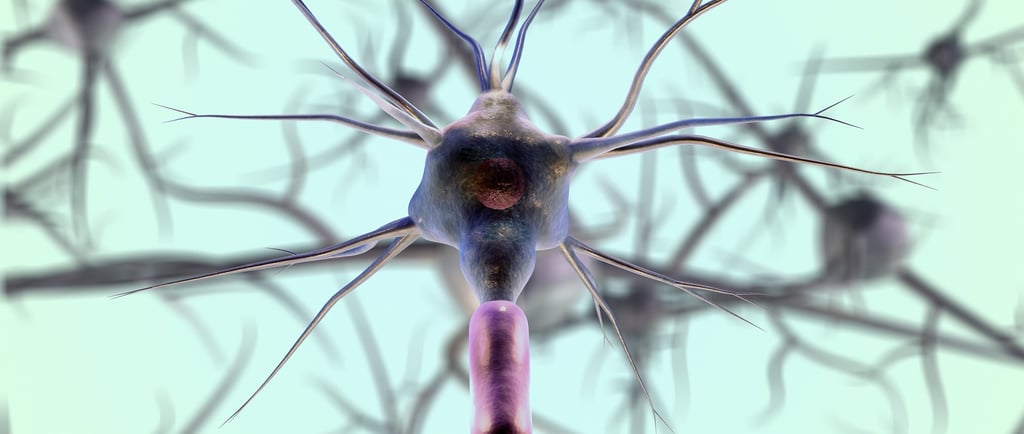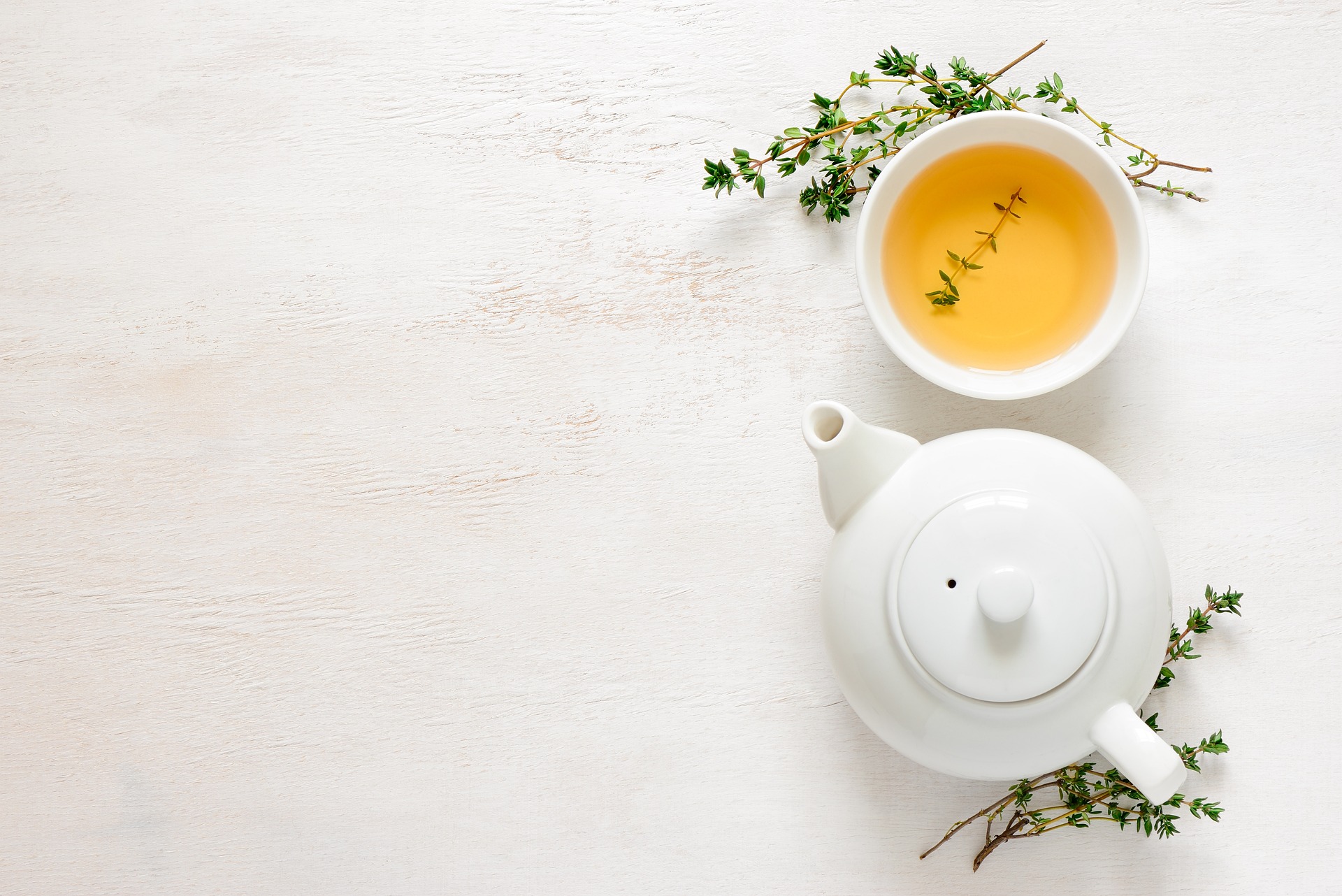The Department of Communication ⚡📡 The Nervous Network 🌐🧠
⚡ A follow-up story that branches from The Human Body chapter in the Biology Album. 🌐🧠 It invites children to explore the invisible highways of the nervous system—how neurons carry electric messages faster than any heartbeat, connecting every corner of the Body Nation in perfect harmony. 🛣️⚡👂🧬 It reveals a body that is not just moving, but thinking, reacting, and communicating every moment. Children are invited to wonder: “Can nerves remember? Do all creatures have nervous system?" 🧠💭
BIOLOGY STORIES
8/17/20255 min read


Have you ever touched something hot? 🔥 What did your hand do? It pulled away — fast! But how did it know to move before you even thought about it?
Let’s return to the land with the Great River, where each citizen is a cell and the Great River is their source for life. Deep inside this nation is a department that works faster than the speed of the river — a department in charge of sending messages across vast distances, faster than you can blink. This is the Department of Communication — home of the Nervous Network! ⚡📡This deparment is not on our chart, but after hearing the story you can imagine where it would be if we could add it.
The Department of Communication is like a postal service in our body 📬… but quicker than any van. Like the internet 🌐… but faster than your eyes can move left to right. It is working directly with the President of the Departments: the brain 🧠 — a wise leader living in a protective castle (your skull). Your brain doesn’t just think and imagine. It also sends out millions of orders per second. It sends its messages using special messengers called neurons 👏neu–rons👏 — from the Greek neuron, meaning “nerve.” These workers have one incredible job: to carry electrical messages through the body. And they have incredible abilities in their bodies.
You can imagine a neuron standing tall in the crowd of the Body Nation — ready to move fast. They aren’t round or square like some other cells, but have an unusual shape. Their body has many small arms at one end, like little branches, called dendrites 👏den–drites👏 — from the Greek dendron, meaning “tree.” These branches reach out and collect information. Once the message is picked up, it’s passed through the main body of the neuron and travels down a long, stretchy arm called the axon 👏ax–on👏 — from the Greek axōn, meaning “axis.” This axon can be super long — sometimes stretching from your toes all the way to your spine! And along its length, the axon is wrapped in a layer like the rubber coating on a wire, like a protective cover. This speeds up the message like a superhighway!
At the very end of the long axon is the neuron’s secret — its electric fingertips. Neurons don’t shake hands like we do. Instead, when it’s time to send the message to the next cell, the neuron stretches its fingertip across a tiny gaps. The message jumps — yes, jumps! — across that space like a spark leaping through air.
These fast pathways run all over your body. They travel into and out from the brain. The first one is called sensory nerves 👏sen–so–ry👏 — from Latin sentire, meaning “to feel,” brings messages into the brain instantly: “It’s hot!” “That’s sharp!” “Something is touching my foot!” These messages come from the Department of Sensations 👁️👃👂🖐️ — from your eyes, ears, skin, nose, and tongue — all sending signals to the brain through the Nervous Network.
And the second one is called motor nerves 👏mo–tor👏 — from Latin movere, “to move,” carries messages out from the brain to the Department of Muscles 💪 — also known as the Pullers of the Body. “Pull back!” “Smile!” “Jump!” "Run fast!" The muscles get the order and take action. And where does the energy come from to make that movement? The Department of Nutrition 🍎 delivers the fuel. And who brings the oxygen to power those muscle cells? That would be the Department of Respiration 🌬️ and the Great River 🚛🩸 transporting it all. So one message — “Ouch, it’s hot!” — activates many departments at once. In the Body Nation, no system works alone!
All of these electric signals travel through a thick cable at the center of your back — the spinal cord 👏spi–nal👏 👏cord👏 — from Latin chorda, meaning “string.” It connects the brain to the whole Body Nation. Sometimes, the brain doesn’t even have a chance to think — when there’s danger, “Reflex team, take over!” These quick reactions are called reflexes 👏re–flex–es👏 — from Latin reflexus, meaning “bent back.” The message comes, bends back, and acts immediately — long before the President can even open the message envelope.
Imagine an insect suddenly pinches your arm — thanks to the reflex team, your muscles yank it away instantly! Only after you’re safe does the brain step in to observe the scene and wonder: “What was that?”This whole thing happens in less than a second. You don’t even realize what your body’s already done.
All of this is possible also because of the special way neurons pass their messages — using ther electric fingertips, without even shaking hands. With a lightning speed. Your body generates and uses this energy all the time — no cables, no power sockets, no batteries needed.
What would happen if this department stopped working? No messages would be sent nor received. You couldn’t taste, touch, feel or even think clearly. That’s how important the Deparment of the nervous system is, working with all the Departments in this marvelous nation hidden in your body.
I wonder… What creatures have the fastest reflexes in the animal world? 🐍🦘 Which ones are the slowest? 🐇🐢 Do all animals have neurons? What about jellyfish, or sea stars? 🌊⭐ Can neurons grow back if they’re hurt?
✨ Possible Follow-Up Exploraitions ✨
Build-a-Neuron Structure Model 🧠🎨 — Linked to Biology & Handwork
How: Children use pipe cleaners, clay, yarn, or cardboard to build a 3D model of a neuron. Include parts like the dendrites, axon, nucleus, cell body, and synapse. Label each part clearly.
Why: Reinforces structure and function through hands-on work and research. Supports neurodiverse learners with a concrete model of an abstract system.
Message Relay Game ⚡🏃♀️ — Linked to Movement & Grace and Courtesy
How: Children simulate the nervous system by passing a message by whispering quietly (a tap or phrase) through a line of classmates as quickly and accurately as possible, like a neuron chain.
Why: Helps embody the concept of neurons relaying signals, and connects team collaboration to body function.
Nutrition for the Brain Poster 🍳🧠 — Linked to Nutrition & Human Biology
How: Children research and illustrate which foods help the brain and nerves thrive (e.g., omega-3s, leafy greens, water). Create a “Good Brain Fuel” vs. “Low Energy Choices” chart.
Why: Supports self-care awareness and connects the Department of Nutrition to brain health.
Reflex Ruler Drop Experiment 🎯 — Linked to Science & Observation
How: In pairs, children drop a plastic or a wooden ruler and measure how quickly their partner catches it. Compare results between dominant and non-dominant hands, different times of day, or levels of tiredness.
Why: Connects sensory input and motor output, visualizing the reflex arc in real time.
Letter from a Neuron ✉️⚡ — Linked to Creative Writing & Biology
How: Write a first-person letter or diary entry from the point of view of a hardworking neuron: who they talk to, where they travel, and what their job is in the Body Nation.
Why: Helps synthesize scientific content with imaginative expression.
Nerve Pathways on the Great River 🗺️ — Linked to Biology & Geography
How: Add the Nervous Network to your ongoing “Body Nation” classroom map. Trace main nerve routes and show how they interact with muscles, skin, and the brain.
Why: Reinforces the interconnectedness of all departments in the Body Nation.
Create Your Own Nervous System Nomenclature Cards 🃏 — Linked to Language & Classification
How: Children create definition cards, illustration cards, and label cards for key vocabulary. Use the three-period lesson to reinforce terminology.
Why: Fosters independence in mastering language and deepens understanding of abstract parts through classification.
With Montessori joy,
Vanina 😊

